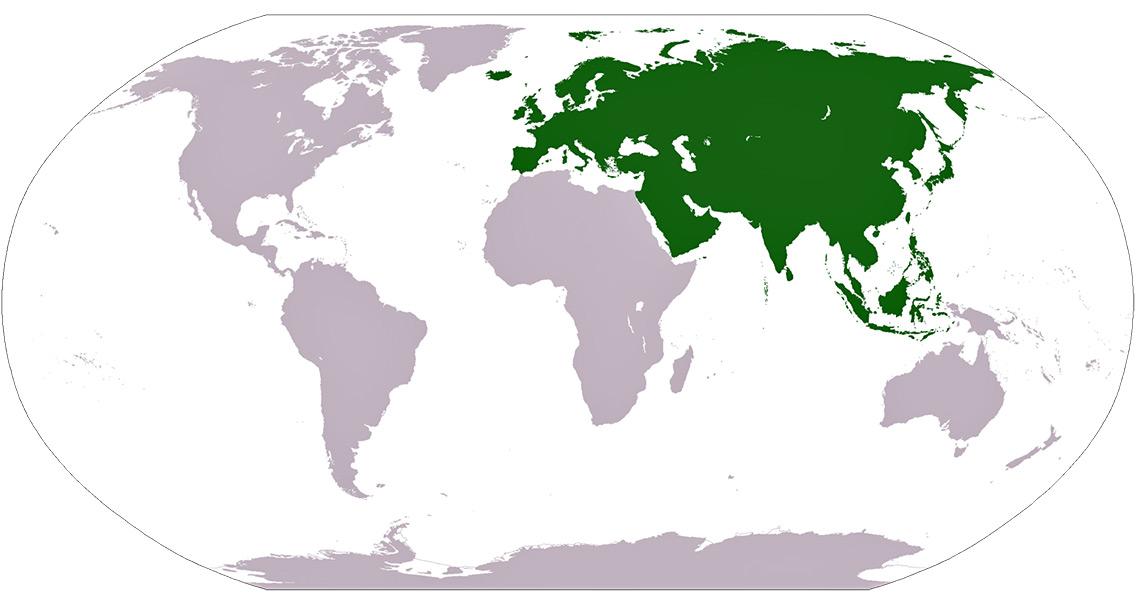<![CDATA[The first large-scale genomic study of Bronze Age Europeans and Asians has provided the first concrete evidence that the cause of the significant cultural changes in that period was not a gradual exchange between different peoples but rather a series of mass migrations across Eurasia. These cultural changes were the events that gave modern Europeans and Asians their genetic makeup and became the foundation of later economic and social developments on the two continents. Previously, it was believed that the modern genetic makeup of Europeans and Asians had its roots in the more distant past, so the discovery that it only dates from 5,000-3,000 years ago came as a surprise to the researchers. The team, comprising geneticists and archaeologists from the University of Gothenburg and the Centre for GeoGenetics at the Natural History Museum of Denmark, sequenced the genomes of 101 individuals from the Bronze Age, from both Europe and Asia, making it the largest sample of such ancient DNA. The analysis of the genetic information told the scientists that the cultural upheaval in the period between 5,000 and 3,000 years ago was the result of “people moving around”, said the first author of the study, geneticist Morten Allentoft from the Centre for GeoGenetics, in the Centre’s press release. What’s more, these mass migrations resulted in the genetic patterns science sees on the two continents today. The third key observation from the study is that it was during the Bronze Age that the Indo-European languages spread from Asia to northern Europe along with the migrating groups. But how did these migrations begin and develop? According to the researchers, they started around 5,000 years ago at the beginning of the Bronze Age, when the Yamnaya people that ruled the Caucasian steppes started moving westwards, reaching Northern and Central Europe. The Yamnaya culture had distinct social and cultural differences with the Stone Age farmers living there at the time, and when these two cultures met they gave rise to a new one, the Corded Ware culture. Genetically, the Corded Ware culture is most similar to modern Europeans north of the Alps. Then about 4,000 years ago, another Caucasian culture, the Sintashta, took the route to the west bringing with it sophisticated weapons and chariots. The route east was the one that the Andronovo culture, another steppe people who lived in western Siberia, took before 'colonising' Central Asia around 3,800 years ago. Later on, this culture which had European DNA was displaced, rather than assimilated, by new colonists coming from East Asia. This happened towards the end of the Bronze Age and the start of the Iron Age. Besides the insight into the genetic evolution of Europeans and Asians, there was one other surprising finding from the study concerning the lactose tolerance of Europeans. It has been traditionally believed that the genetic mutation that ensured the tolerance developed before the Bronze Age, around 3,000 to 5,000 years after farming spread from the Middle East into Europe. The genome sequencing that this team performed, however, revealed that lactose tolerance had developed in the Bronze Age and was probably introduced by the Yamnaya, becoming as widespread as we know it today even later than that. For more information: Population genomics of Bronze Age Eurasia ]]>
European and Asian Cultures Born From Mass Migration
